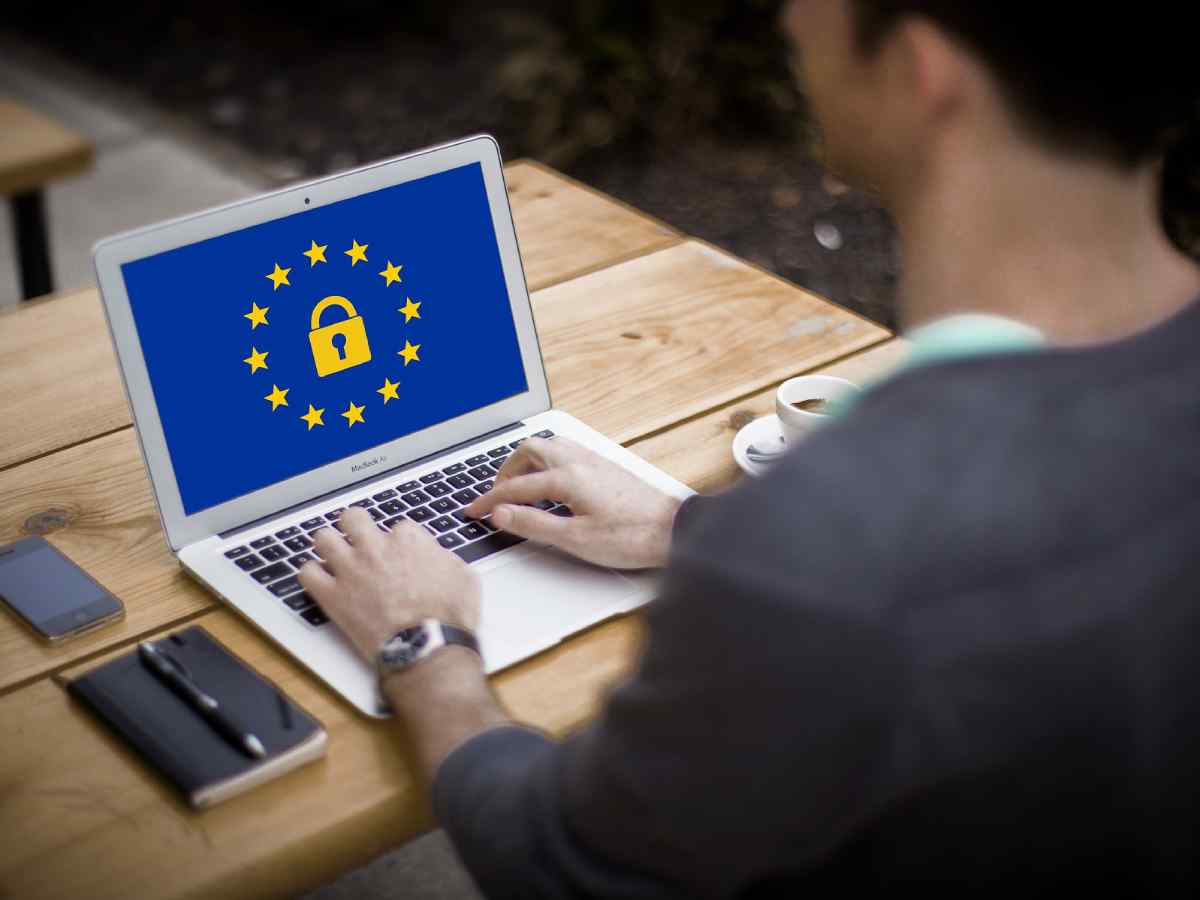More and more companies face high fines due to data protection violations. Therefore, taking a closer look at the causes of data protection violations and preventive measures to prevent them is worthwhile.
Nowadays, leaks of personal data are a phenomenon that we encounter both in our private and working lives. Anyone who processes personal data must avoid situations where personal data may be lost or stolen and take measures that reduce the risk of a security incident.
Companies and other organizations are increasingly on the alert. The question is no longer if a cyberattack will occur but rather when. For businesses, cyberattacks are often accompanied by data breaches. This overview summarizes important recommendations for action for companies. The proposed measures are, of course, not conclusive, and it must be checked in each case whether further measures might be necessary.
Table of Contents
What Is A Data Breach?
A data breach or loss is a security incident in which hackers steal or gain access to sensitive data by bypassing security mechanisms. This data may contain confidential company information, such as credit reports or bank account credentials, or customers’ email addresses or social security numbers.
Hackers try to attack data leaks through methods that threaten cybersecurity, such as identity theft, introducing viruses into the system or manipulating the IT infrastructure to prevent users from accessing resources.
How Does a Data Breach Occur?
A data leak can occur in different ways, as shown by PIA’s guide on hacking. They can occur through web pages, email, use of applications or programs, and the theft of electronic devices such as computers, USB flash drives or external hard drives that store confidential information.
Although the causes behind an accidental data leak or the methods used by cybercriminals to steal data are quite varied, the most common types of data leaks are the ones we will see in the following points.
Accidental
“Unauthorized” data breach does not necessarily mean intentional or malicious. The good news is that most data breach incidents are accidental, Security Magazine mentions.
For example, an employee may inadvertently choose the wrong recipient when sending an email containing sensitive data. Unfortunately, accidental data breaches can still result in the same penalties and reputational damage, as they do not mitigate legal liabilities.
Disgruntled or ill-intentioned employee
When we think of data breaches, we think of data stored on stolen or misplaced laptops or leaked via email.
However, a large part of data loss does not occur in an electronic medium but through printers, cameras, photocopiers, removable USB drives and even immersions in discarded document containers.
Electronic Communications With Malicious Intent
Many organizations give employees access to the Internet, email, and instant messaging as part of their role. The problem is that all these media can transfer files or access external sources over the Internet.
Malware is often used to attack these media with a high success rate. For example, a cybercriminal could easily spoof a legitimate business email account and request that sensitive information is sent to them, as given in this spoofing guide. The user would inadvertently submit the information, which could contain financial data or sensitive pricing information.
Phishing attacks are another cyberattack method with a high success rate of data leakage. By clicking on a link and visiting a web page containing malicious code, you could allow an attacker to access a computer or network to retrieve the information they need.
5 Actions To Implement To Avoid Data Breach
Cybersecurity teams are faced with determined cybercriminals who are professionalizing in ransomware. Several actions are possible to anticipate this phenomenon, prepare for it… and learn for the next cyberattacks:
- Create internal company prevention campaigns to raise the awareness of each employee, especially with the democratization of teleworking.
- Set up secure access systems such as double identification during connections.
- Place restrictions on the email domains employees can send attachments to on company systems. Some email clients and applications allow you to organize people into groups or organizations and manage communication outside of the group to a degree. For example, Google Drive can be configured to generate a confirmation screen/warning when sharing access to a file with someone outside of the employee’s organization/group. Using these alerts can make it much less likely that data will be accidentally shared.
- Maintain a record of documentation of all past cyberattacks and technological developments. This record is called a compliance record.
- Simulate fictitious attacks to train and prepare teams to react well in the event of a cyberattack.
Also Read: Advances In AI-based Cybersecurity

